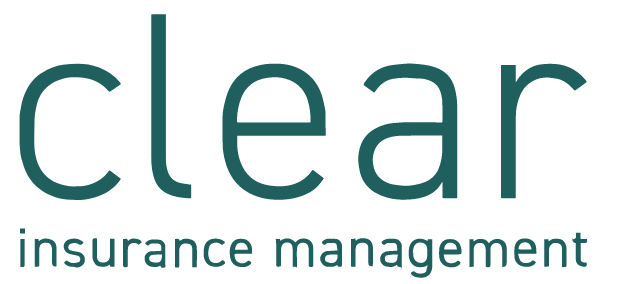Weather warnings have been issued for unprecedented hot weather over the next few days, with temperatures forecast up to a record breaking 40 degrees!
As we don’t often experience such high temperature, we do not have time to acclimatise to working in these temperatures.
Why is a heatwave a problem?
The main risks posed by a heatwave are:
-
Dehydration – not drinking enough water.
-
Overheating, which can make symptoms worse for people who already have problems with their heart or breathing.
-
Heat stress and sunburn.
What can we do about it?
-
Ensure that employees have a plentiful supply of drinking water. They should drink plenty of water and stay hydrated
-
Providing chilled drinks and iced lollies can help workers maintain morale
-
Alcohol should be avoided as this will increase the likelihood of dehydration
-
Relax the need for heavy work wear if safe to do so and wear light weight loose fitting clothing
-
Allow employees to take regular breaks
-
If indoors, use fans or air conditioning if available to maintain comfortable working temperature
-
Can work be rescheduled? Especially if very strenuous or working outside. While temperatures are excessive, it may be better to avoid working during the hottest part of the day.
-
Start earlier – can work start before the hottest part of the day and finish early?
Heat Stress
Heat stress can be a problem if working in high temperatures. Workplaces can soon get hot especially if hot and humid work processes take place. While it’s possible for employees can adapt over time, it’s important to recognise the symptoms so action can be taken to prevent harm to employees:
-
Difficulty in concentrating
-
Cramps in muscles
-
Heat rashes
-
Severe thirst
-
Heat exhaustion – fatigue, giddiness, nausea, headache, moist skin
-
Heat stroke – hot dry skin, confusion, convulsions and eventual loss of consciousness
If you see someone suffering the above systems try and get them somewhere cool, give them water to drink and send for medical assistance.
Sunburn
Sunbathing to get a tan is a popular activity at this time of year but getting sunburnt can be a painful experience. Often sunburn occurs before we know, only revealing itself after we have been exposed to the sun for too long. It’s important therefore to act before exposure. Ultraviolet rays from the sun damages skin (indicated by a sun tan) and can have short term and long-term effects:
-
Short term effects are obvious and include red, sore, blistering and peeling skin.
-
Longer term effects are much slower to appear and include, ageing of the skin, and an increased risk of developing skin cancer.
The best prevention of sunburn is to keep out of the sun, however this is not always easy to do when working outdoors. Advise and encourage employees to:
-
Stay out of the sun where possible – Take breaks in the shade.
-
Keep their top on – wear long sleeved tops and keep legs covered.
-
Wear a wide brimmed hat that will keep the sun off their head and neck.
-
Use high factor sun creams on exposed skin.
-
Provide drinking water and encourage employees to drink frequently to prevent dehydration.
-
Encourage employees to check their skin regularly and seek medical advice if the find anything that itches or bleeding, changing colour, size or shape.







